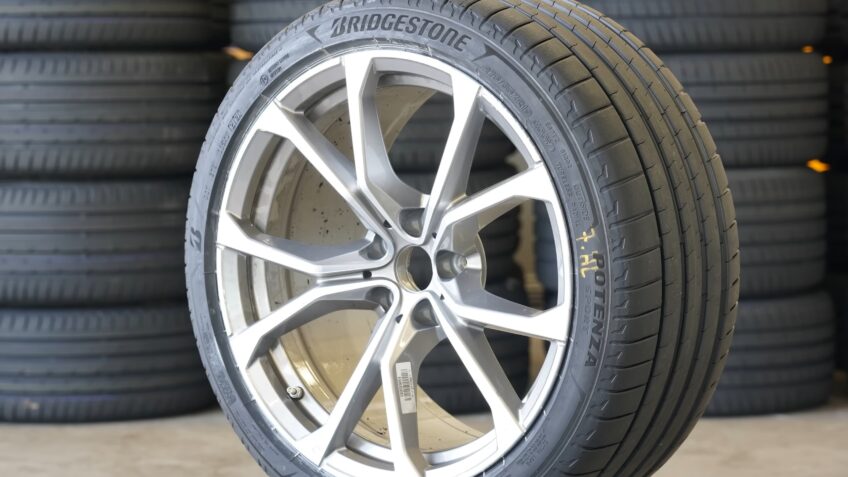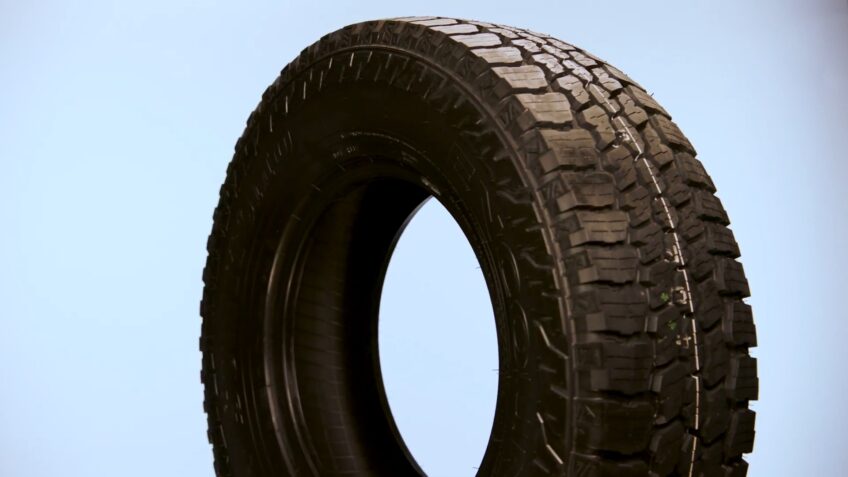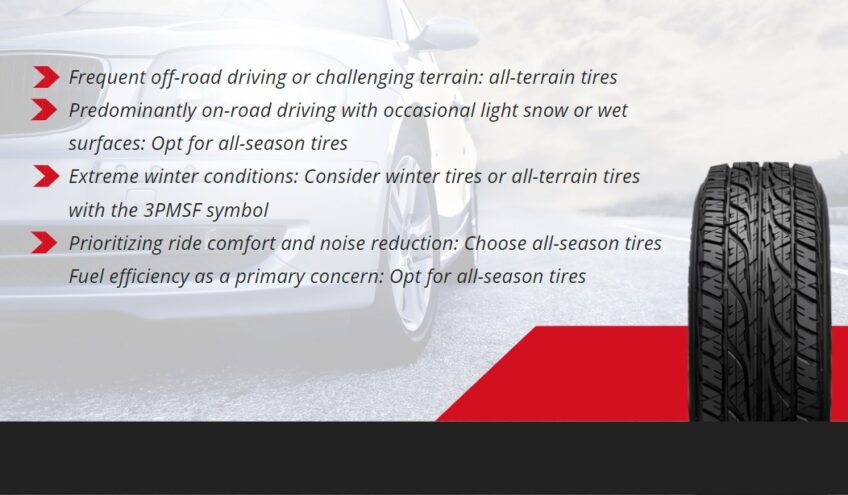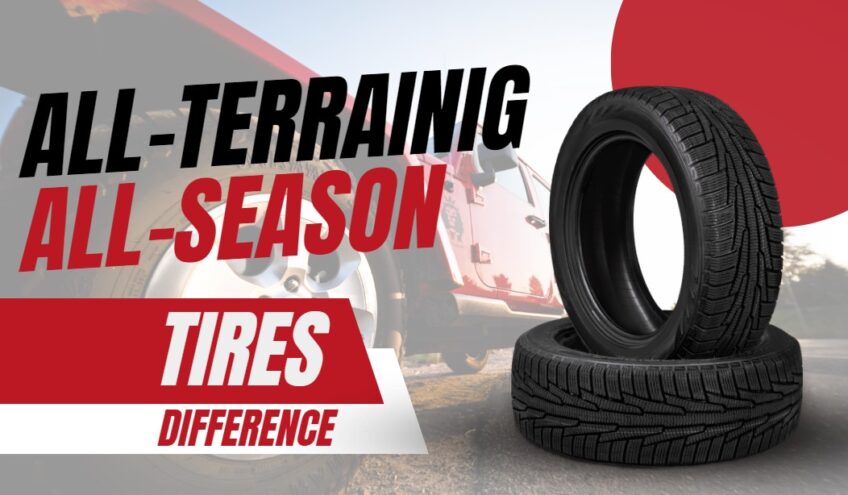Tires are the unsung heroes of your vehicle. They grip the road, keep you safe, and enhance your driving experience. But with so many options on the market, it can be a challenge to find the perfect set for your needs. Two popular tire categories that often cause confusion are all-terrain and all-season tires. In this comprehensive guide, we’ll dive deep into their differences, pros and cons, and how to choose the right tire for your driving needs.
All-Terrain Tires – King of the Off-Road

All-terrain tires are designed for drivers who want to explore the great outdoors or need reliable traction on rugged terrain. These tires are a perfect blend of on-road comfort and off-road capability.
Tread Design
All-terrain tires have an aggressive tread pattern with large, chunky blocks that provide enhanced traction on various surfaces, including mud, gravel, and snow. The wider grooves between the tread blocks help clear debris, water, and slush for a better grip on slippery surfaces. Additionally, these tires often feature reinforced sidewalls for improved puncture resistance and durability when driving off-road.
All-season tires are designed to provide a balance of performance, comfort, and safety in various weather conditions. These tires are suitable for most drivers and vehicles, offering a well-rounded driving experience. All-season tires have a less aggressive tread pattern compared to all-terrain tires. The tread blocks are smaller, with more siping (small slits) to enhance traction on wet and icy surfaces. The grooves are also narrower, reducing road noise and providing a smoother, more comfortable ride. Before deciding between all-terrain and all-season tires, it’s crucial to evaluate your driving needs and preferences. If you regularly drive on unpaved roads or venture off-road for recreational activities, all-terrain tires are likely the better choice. They provide superior traction and durability in challenging conditions. On the other hand, if you mostly drive on paved roads and occasionally encounter light snow or wet surfaces, all-season tires are more suitable for your needs. Consider the climate in your area when choosing between all-terrain and all-season tires. All-season tires are designed to perform well in a range of weather conditions, but they may not be ideal for extreme winter environments. If you live in a region with heavy snowfall and ice, you may want to consider dedicated winter tires or opt for all-terrain tires with the Three-Peak Mountain Snowflake (3PMSF) symbol, indicating their suitability for severe snow conditions. All-season tires typically provide a quieter and more comfortable ride compared to all-terrain tires due to their less aggressive tread pattern. If you prioritize a smooth, quiet driving experience, all-season tires are likely the better choice. All-terrain tires often have higher rolling resistance, which can negatively impact fuel efficiency. If fuel economy is a priority, all-season tires may be a more suitable option. Ultimately, the decision between all-terrain and all-season tires comes down to your individual driving needs, preferences, and the specific conditions you encounter on a regular basis. Evaluate your driving habits and environment, and consider the following factors: Regardless of the type of tires you choose, proper maintenance is crucial to ensure optimal performance, safety, and longevity. Here are some tips to help you get the most out of your tires: Visually inspect your tires for signs of wear, damage, or uneven tread wear. Look for cracks, bulges, or foreign objects lodged in the tread. Address any issues promptly to avoid more significant problems or potential tire failure. Rotate your tires every 5,000 to 8,000 miles (or as recommended by your vehicle’s manufacturer) to promote even tread wear and extend their lifespan. Tire rotation involves swapping the front and rear tires and sometimes also changing their positions diagonally or side to side. Maintain the correct tire pressure as recommended by your vehicle’s manufacturer. Underinflated or overinflated tires can cause uneven wear, reduced fuel efficiency, and compromised handling. Check your tire pressure at least once a month and before long trips. Misaligned wheels can cause uneven tire wear and negatively affect handling. Have your wheel alignment checked and adjusted if necessary, especially if you notice uneven tire wear or your vehicle pulling to one side. Similarly, unbalanced wheels can cause vibration and premature tire wear. Have your wheels balanced if you notice excessive vibration at certain speeds. Choosing the right tires is crucial for a safe and enjoyable driving experience. By understanding the differences between all-terrain and all-season tires, you can make an informed decision based on your specific driving needs and preferences. Whether you opt for the rugged durability of all-terrain tires or the versatile performance of all-season tires, proper maintenance is key to ensuring your tires perform optimally and last for many miles to come. So, go ahead and make an educated choice, and hit the road with confidence!
All-Season Tires – The Jack of All Trades

Tread Design
Comparing All-Terrain and All-Season Tires – Key Factors to Consider

1. Driving Conditions
2. Weather and Climate
3. Ride Comfort and Noise
4. Fuel Efficiency
Making the Right Choice

Making the Most of Your Tires – Maintenance Tips
1. Regular Tire Inspections
2. Tire Rotation
3. Proper Tire Inflation
4. Wheel Alignment and Balancing
Final Words

